The transcendent joy of a really wonderful compost heap — and how the odd bucket of urine will help it come along nicely
Glamorous? Surprisingly, yes, since a Hollywood superstar agrees heartily with Mark Diacono about compost.

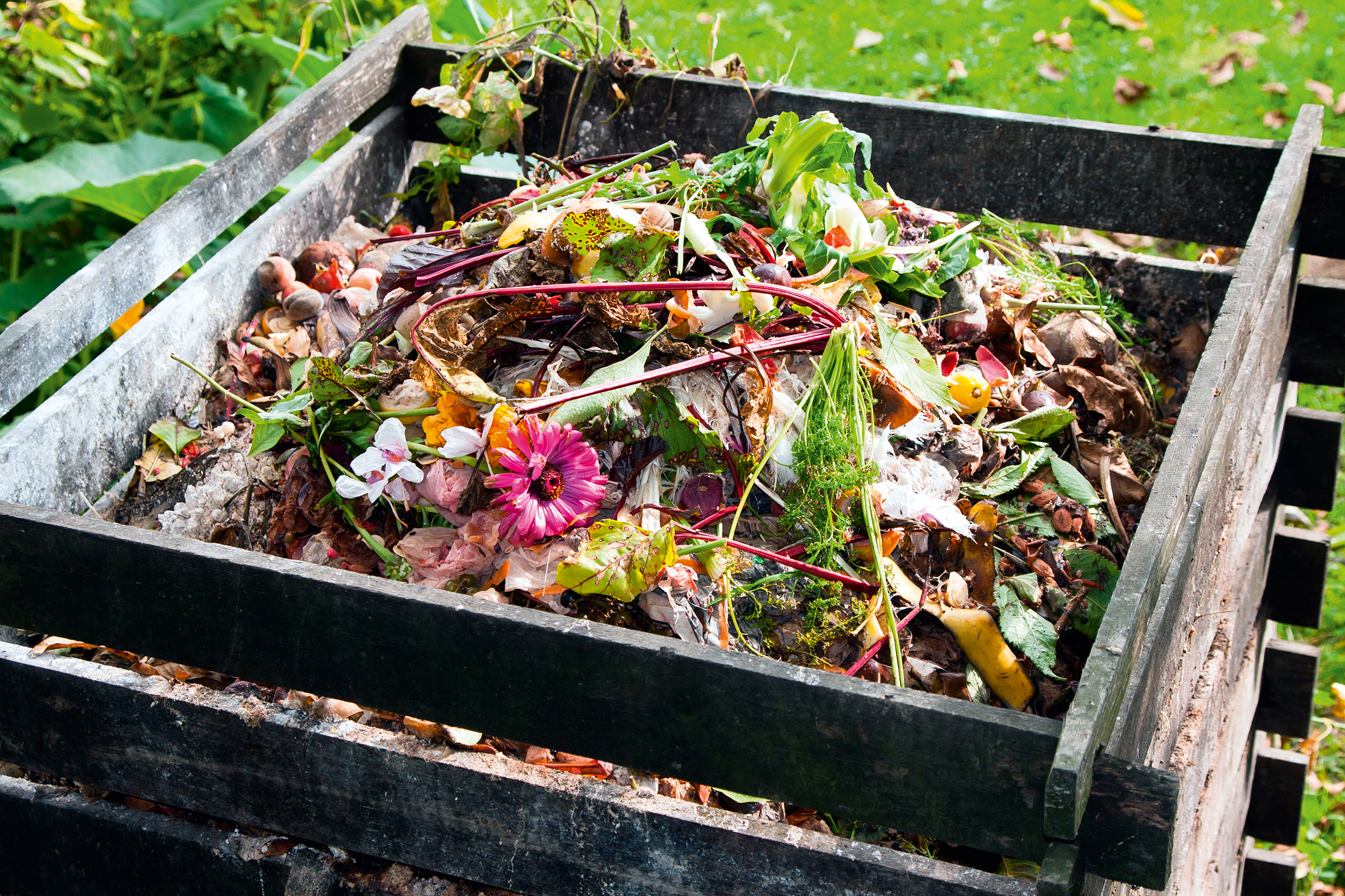
When I started gardening, I have to confess I wasn’t expecting to have Bette Midler as a spiritual guide. Yet, she perfectly summed up the enormity of the everyday pastime of composting. ‘My whole life had been spent waiting for an epiphany, a manifestation of God’s presence, the kind of transcendent, magical experience that lets you see your place in the big picture. And that is what I had with my first compost heap.’
It’s so easy to concentrate on pruning, planting and more obvious ‘gardening’ and relegate composting to an afterthought, but if all we did was build and replenish the soil, so much would take care of itself. As well as recycling the garden and household waste, making compost is the solution to every garden issue I have: the patches of heavier ground are lightened with compost, the more well-drained areas enjoy the body and organic material compost brings and anywhere light on essential minerals and nutrients is refreshed by its riches.
This year, rather than absentmindedly tipping a bucketful of cauliflower leaves and the like onto the compost bin and waiting for Nature to take its course, I’m going to dedicate myself to becoming a serious composter, a primary agent of decomposition, fostering the perfect conditions that allow Nature to speedily do her job.
"There are a number of useful additions that push things along: cow and horse manure, chicken bedding, nettles and comfrey leaves. Urine is hugely effective, too."
The material you add to the compost bin should ideally be an equal mix of greens and browns. Rich in nitrogen, the greens include grass cuttings, raw vegetable peelings, teabags and coffee grounds, young annual weeds and soft prunings. Browns are carbon-rich and include shredded paper and cardboard, hedge clippings, chopped woody prunings, sawdust, wood shavings and fallen leaves. Browns decompose more slowly than greens, but mixing them together speeds up the process for both. Greens and browns regulate each other, so if your compost is too dry, add some greens and water it well, then add shredded browns if the mix is too wet. There are a number of useful additions that push things along. These accelerators include manure from herbivores such as cows and horses, chicken bedding, nettles and comfrey leaves. Urine is hugely effective, too.
There are a few things that should go nowhere near your compost bin. Meat, fish, eggs, egg shells, dairy, bread and cooked food are all likely to attract rats. Cat litter and dog faeces can bring parasites and other unwanted organisms into your food chain, so avoid adding them. I also take a very cautious approach to plant material: I incinerate anything that has been diseased, can persist from a nugget of root (such as docks) or has gone to seed.
With a little care over balancing greens and browns, your compost should be ready in about nine months, but it can be used in as little as 10 weeks if you are feeling energetic. Incorporating air by turning the composting material creates favourable conditions for decomposing organisms, as does giving everything a good watering. The finer you shred what you add to the bin, the quicker it will break down. Shears are useful for this and, if the material is not too thick and your mower is fairly sturdy, you can mow over a pile of prunings before adding them to the pile.
Three good-sized compost bins are ideal. The furthest left is the only one to which you add fresh material. When this is full, tip it into the middle bin. Add new material to the now-empty left-hand bin until it is at capacity. At which point, tip the middle bin into the right-hand bin and tip the left-hand bin into the middle bin, freeing up the left-hand bin for you to add material to. By the time the left-hand bin is full again, the right-hand bin should have good compost ready to use.
Exquisite houses, the beauty of Nature, and how to get the most from your life, straight to your inbox.
I have a neighbour who uses the letterbox-style plastic-Dalek composter. Once every week or two I see him, hands on the top of the garden fence, bouncing up and down trying to tread more space into the top of his compost bin. John, I hope you’re reading this. This style of compost bin works well as long as you still adhere to the three-bin principle. Standing in the top to create space to add more material only excludes air, slows the process and makes it difficult to extract compost from the bottom. You also look a bit of a twit from over the fence.
Mark Diacono grows edibles, both usual and unusual, at Otter Farm in Devon (www.otterfarm.co.uk). His latest book is From Scratch: Ferment (Quadrille, £12.99)
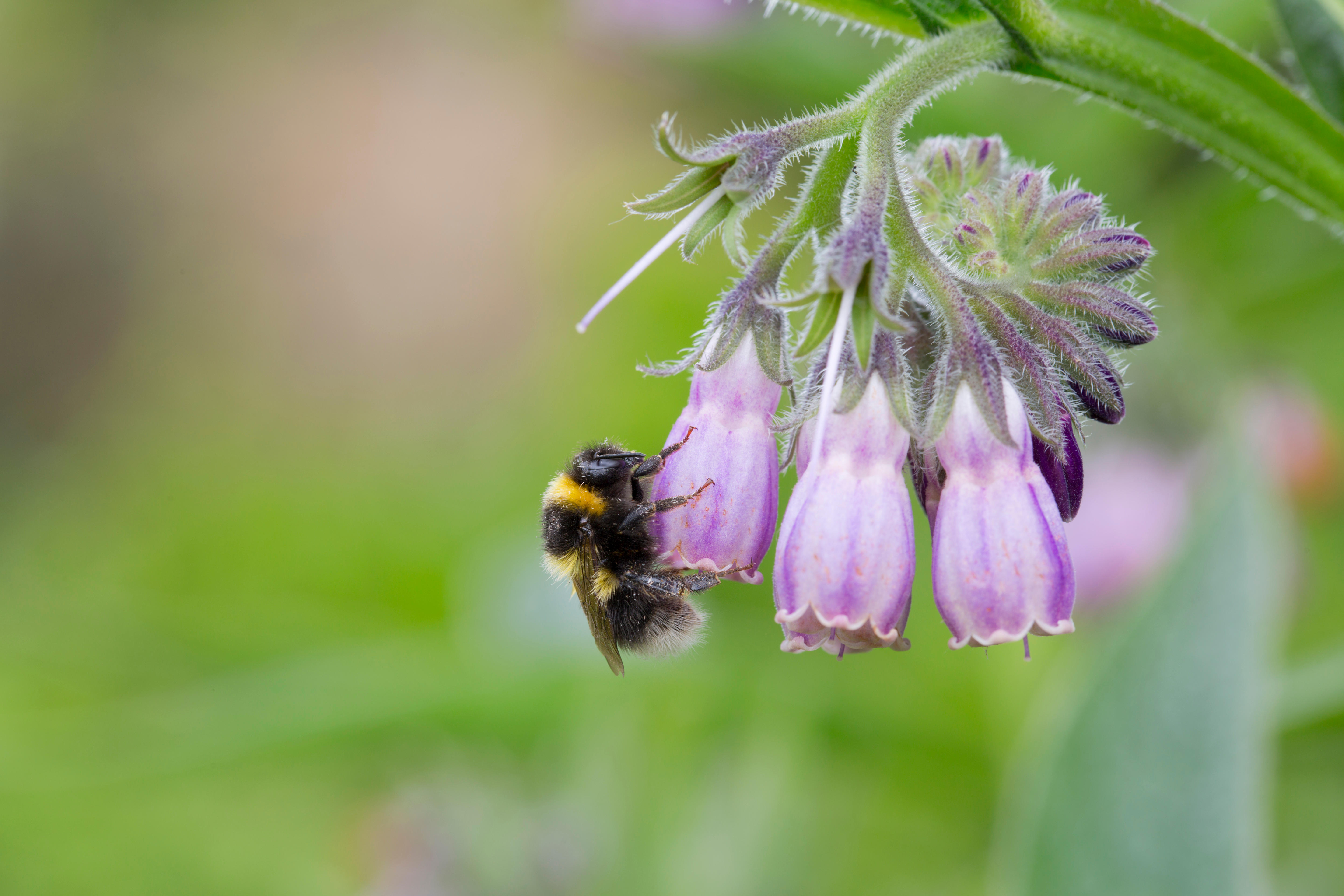
Comfrey: What you need to know about the plant that 'looks like borage a couple of gins into a long weekend'
Mark Diacono on the beautiful and untamed joy of comfrey.
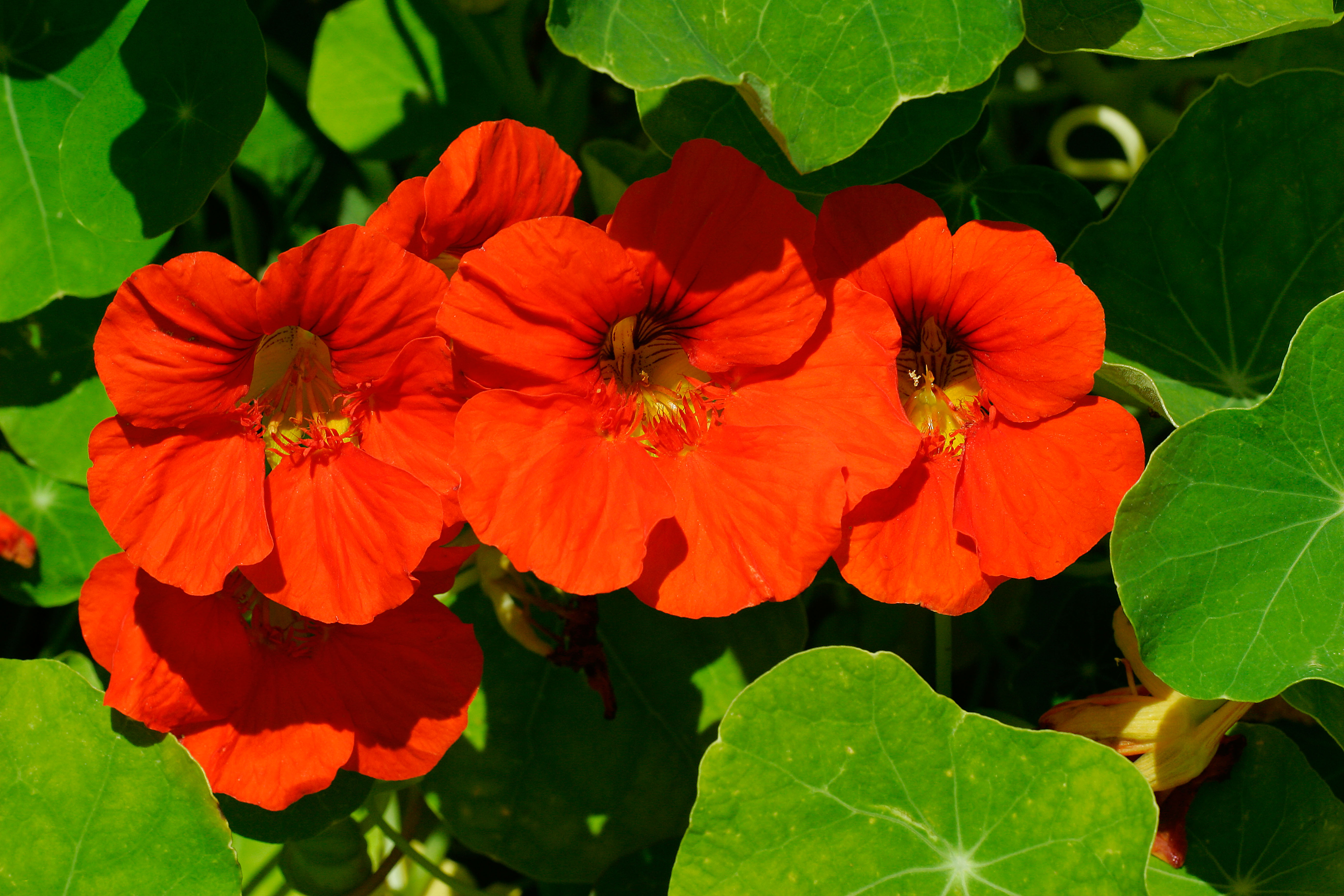
Credit: Alamy
The top salad leaves to grow in your garden for summer garnishes
Mark Diacono tells us his top salads to plant to accompany barbecues this summer season.
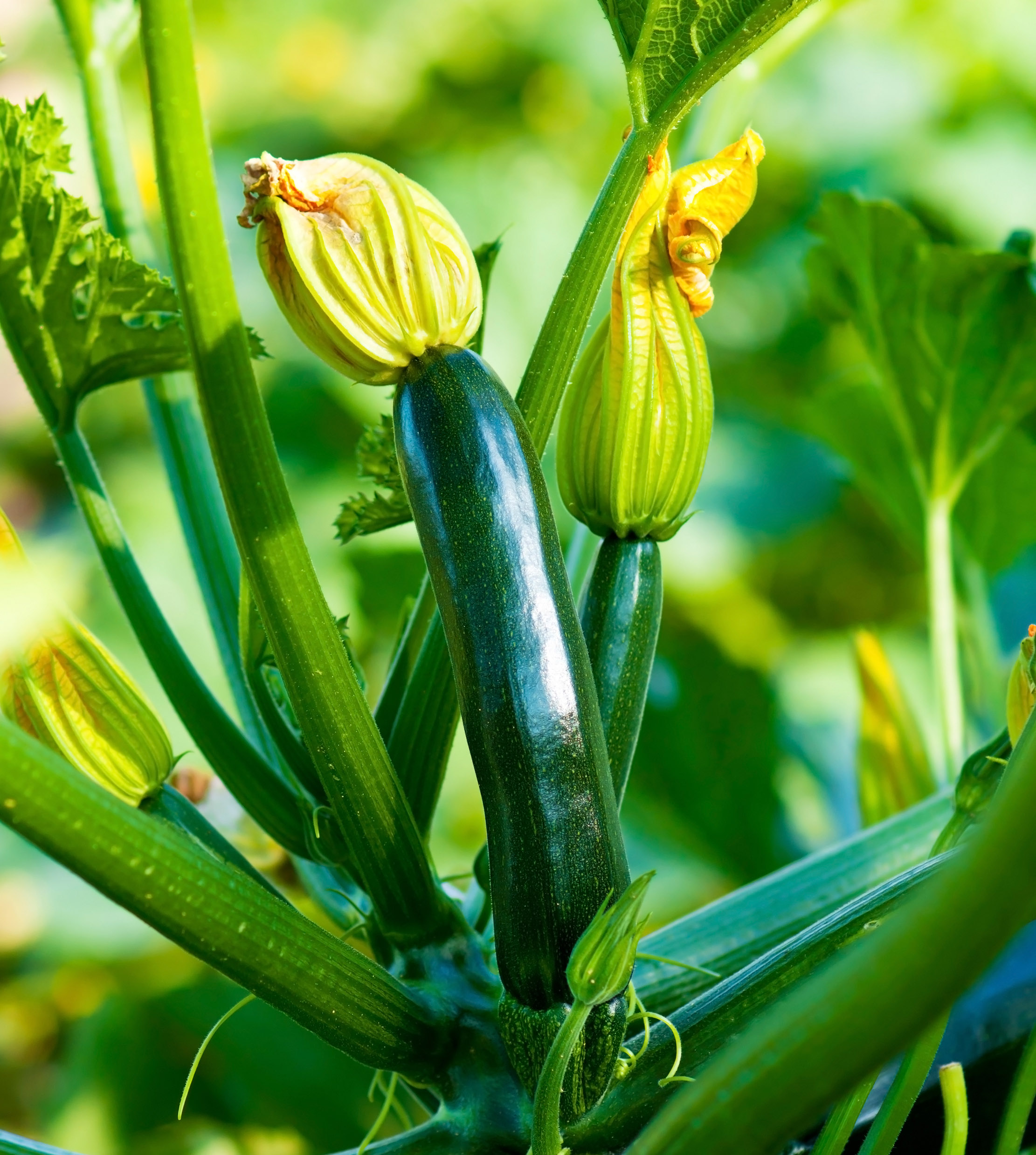
Credit: Getty Images/iStockphoto
Grow your own courgettes: What to plant, when to plant it... and why size really does matter
Mark Diacono shares his tips on the surprisingly simple yet hugely rewarding art of growing courgettes.
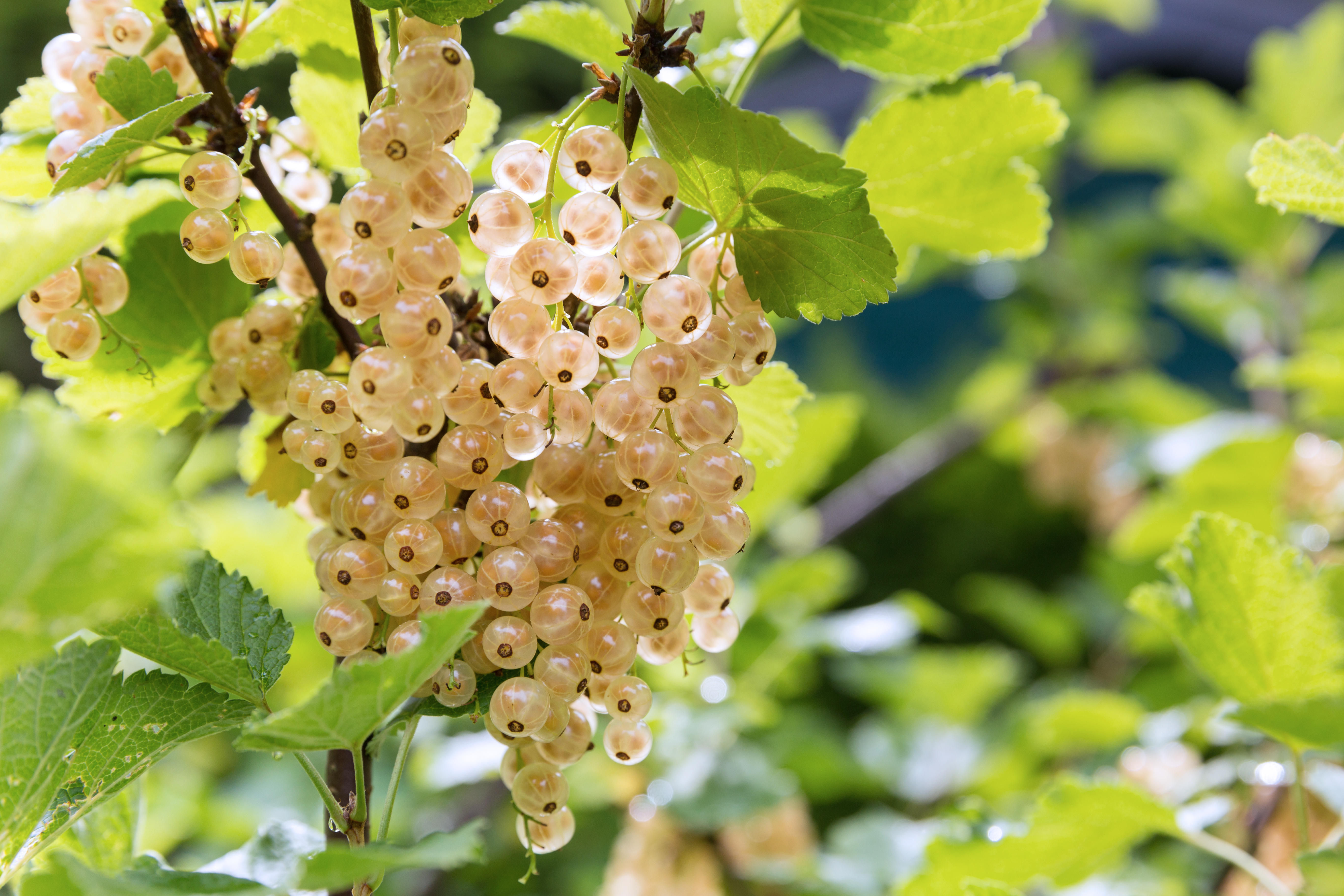
How (and why) to grow your own white currants: 'Scatter them over a knickerbocker glory'’
Mark Diacono shares his top tips on how to plant white and red currants, which varieties to choose — and
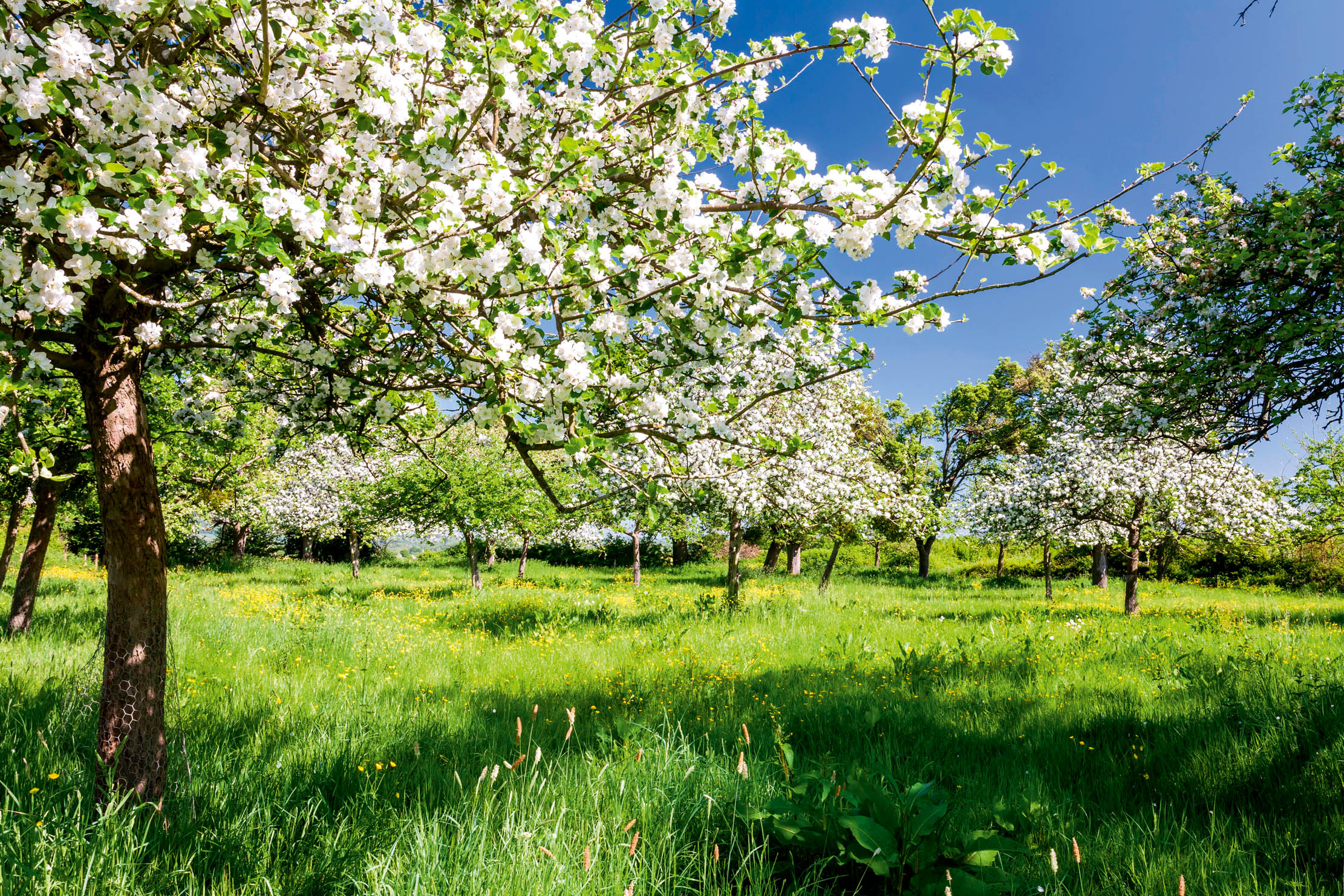
Credit: Alamy
The ultimate guide to planting your own orchard: 'Getting it right is easy; sadly, so is getting it wrong'
Mark Diacono has planted dozens of orchards — he shares his wisdom on how to go about it.
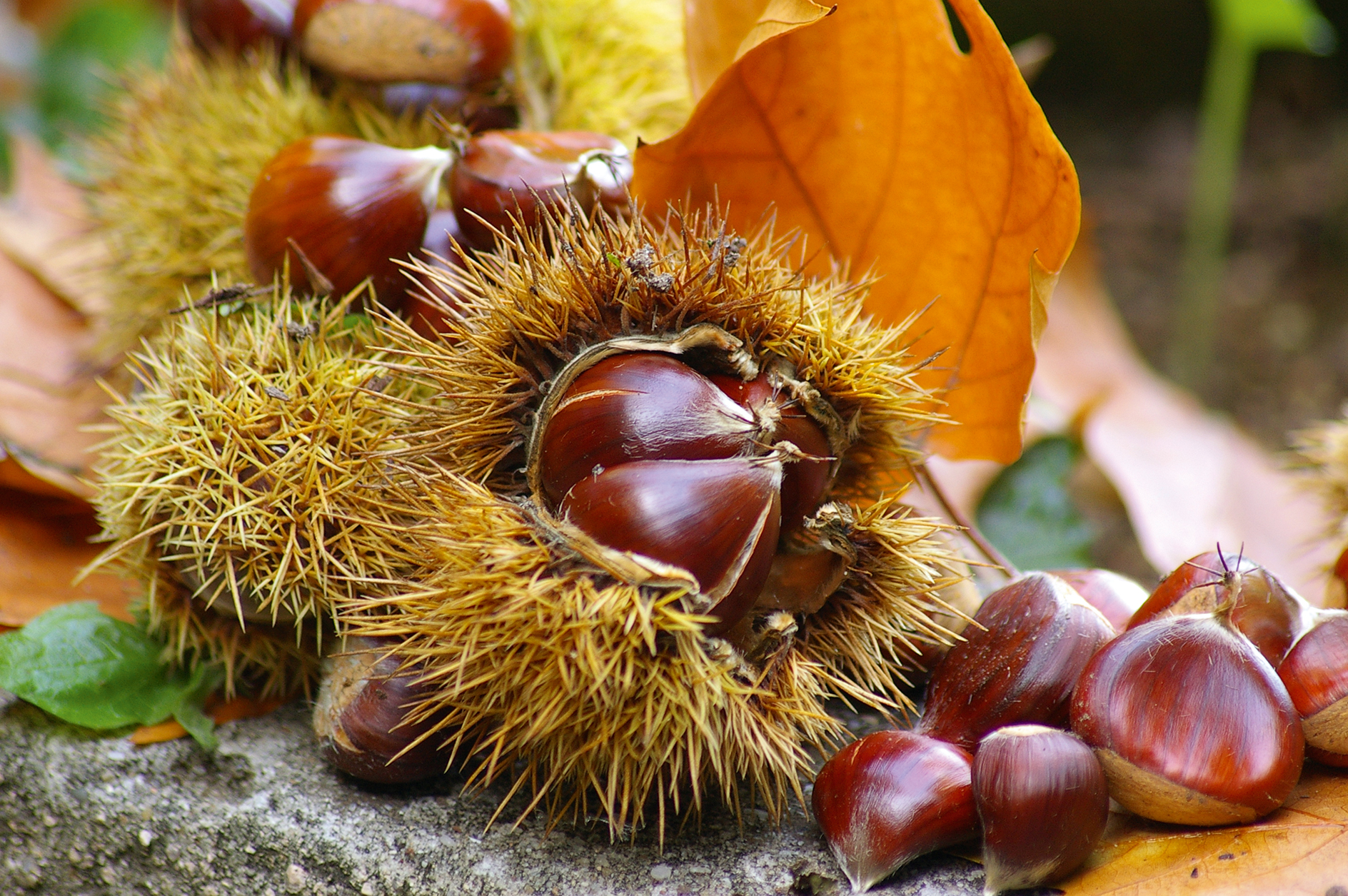
Credit: Luisa Cruz / Getty Images
What to do with sweet chestnuts, from roasting over an open fire to adding zip to burgers and brownies
Mark Diacono says that autumn is synonymous with sweet chestnuts — and he has all sorts of ways to make
Mark is lucky enough to spend most of his time eating, growing, writing and talking about food. He has written fourteen award-winning books, including A Year at Otter Farm and A Taste of the Unexpected (both won Food Book of the Year, and Garden Book of the Year). Known for growing everything from Szechuan pepper to pecans to Asian pears, Mark's refreshing approach to growing and eating has done much to inspire a new generation to grow some of what they eat. He was involved in the early days of River Cottage, appearing in the TV series, and writing four River Cottage books. Mark writes to a global audience on his best-selling Substack: Mark Diacono’s Abundance.
